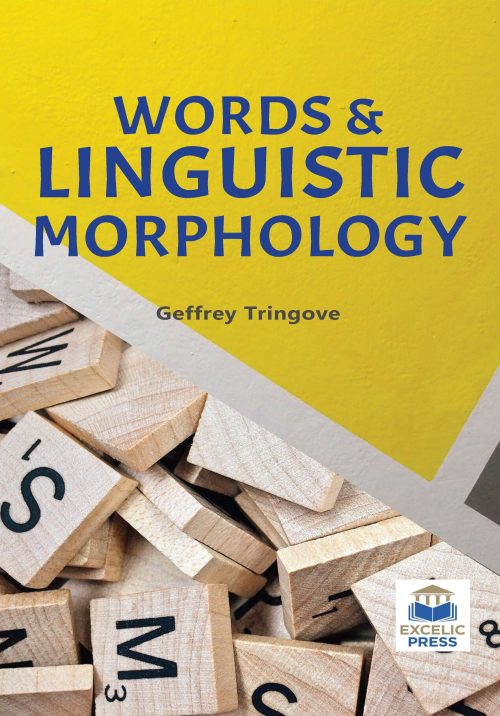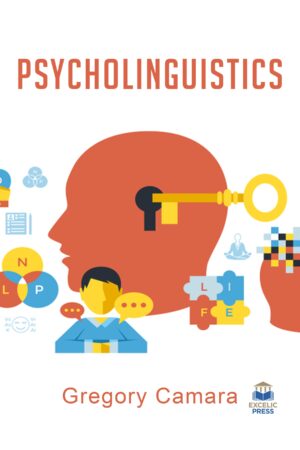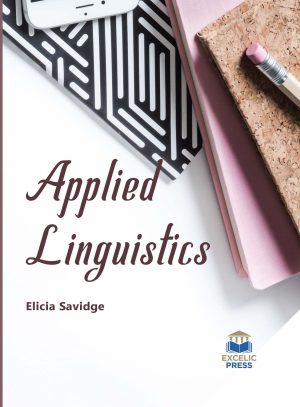Description
Morphology is the study of how words are put together. This text is intended for undergraduates with fairly little background in linguistics. This book provides a comprehensive introduction to morphological approaches within linguistic theory over the last twenty years. This in-depth examination of the mainstream generative linguistics morphology, including Chomsky’s ‘lexicalist’ morphology, developments inspired by phonology, and the syntactically oriented approaches that emerged in the 1980s, also includes some less popular European approaches or less well-known among linguists who speak English. The author identifies the issues addressed by each approach and critically examines each approach from the standpoint of its achievement in resolving these issues.
This theoretical narrowing is a practical issue if you are expected to teach on a broad front, say, a course of lectures on syntactic theory, when you only know one theory of syntax. Integrity necessitates that alternative approaches be discussed with students, but how can this be done? Another practical issue is the risk of losing pearls of wisdom, which may be crucial in one’s research because they have been written in some obscure theory.
The book will benefit both students and practicing linguists such as syntacticians, phonologists, and other specialists who require a formal overview of a related branch of linguistic theory Furnishing data from a wide variety of languages. “Questions” is designed to encourage scholars to gather their own data and dissect them, work with data on websites, perform simple trials, and bandy motifs with each other. There’s also an expansive preface to the terms and generalities necessary for assaying words. Motifs similar to the internal wordbook, derivate, compounding, curve, morphological typology, productivity, and the interface of morphology with syntax and phonology expose scholars to the whole compass of the field. Unlike other handbooks, it anticipates the question “Is it a real word?” and tackles it head-on by looking at the distinction between wordbooks and the internal wordbook.





